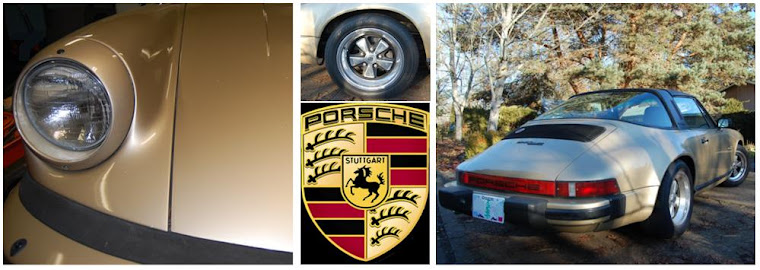28 of the 60 cells I purchased will be mounted up front where the gas tank used to live. After designing a layout pattern, I made a plywood template to test the fit. It looks like there would be space to mount more batteries on the right, where the 12 volt starting battery was mounted, but there is a platform that raises the batteries up too much, and the cell terminal would touch the hood (bonnet).
I used the plywood to layout the base frame. Once the pieces of angle iron are cut to length and clamped down with square corners, the frame is welded together. I oversized the frame by 3/16” (4.75 mm) so that the frame can be lined with a rubber mat.

I used the plywood to layout the base frame. Once the pieces of angle iron are cut to length and clamped down with square corners, the frame is welded together. I oversized the frame by 3/16” (4.75 mm) so that the frame can be lined with a rubber mat.

Testing the fit of the cells in the frame.
There is not much wasted space.
To connect adjacent cells I will use braided jumpers. The jumpers are flexible to minimize stress of the terminals. I want to minimize the number of cell connections I will have to make out of welding wire and crimp ring terminals. This layout requires only two additional jumpers (the curved connections in the drawing) and maximizes use of the space in the front of the car. As a bonus, it works out that the long cable runs to the cells in the back of the car can connect to adjacent cells. The dotted lines are only there to show the electrical current flow.




No comments:
Post a Comment